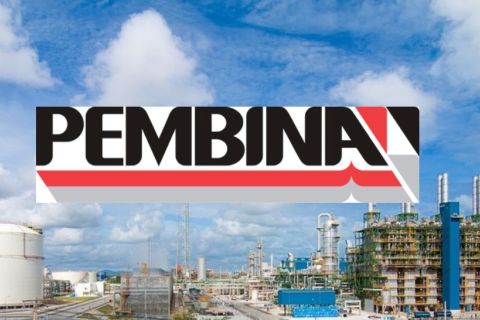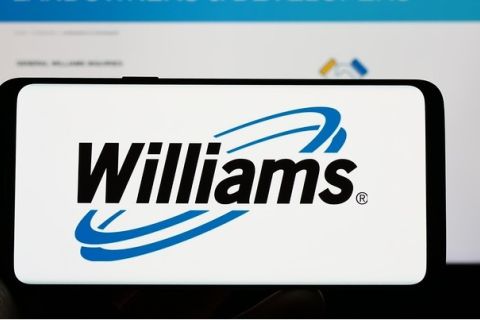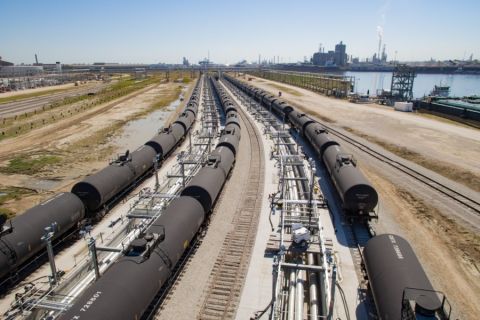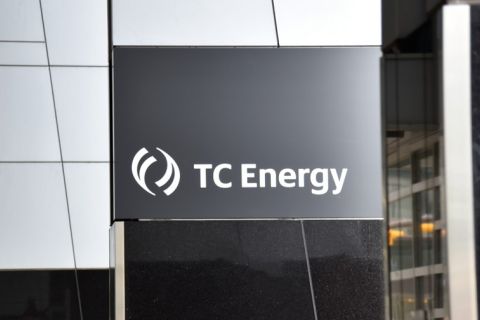Across the globe, decommissioning plans are being mapped out for offshore assets and their subsea infrastructures approaching the end of their useful lives.
Countermanding the concerns of the early days of the industry that abandonment would leave the ocean floors littered with hazardous debris, a big focus of subsea decommissioning activity is on how this can be done sustainably and environmentally responsibly.
DOF Subsea, has been steadily building its decommissioning portfolio over the past decade. Named as a climate change leader in the Financial Times Europe’s Climate Leaders 2021 report and having achieved a B rating in the Carbon Disclosure Project, a global benchmark for the world’s cities and companies spearheading on environmental performance, the company is committed to taking a dominant role in championing environmental and social sustainability across the industry.
Supported by a global team of 120-plus engineers that has delivered more than 30 projects around the world, that commitment has resulted in an average reuse and recycling rate of 97%.
But in one of its most recent decommissioning projects, carried out on behalf of Repsol Sinopec Resources UK, it upped the ante, achieving a 99% rate for the combined recycling and repurposing of recovered materials.
Contracted to project manage and provide structure and pipeline engineering, preparation, removal and disposal (EPRD) services at the Buchan and Hannay fields in the Central North Sea, DOF Subsea’s workscope included all PME, planning, procurement, logistics, waste management and offshore spread.
The campaign was carried out over 74 days in 100 m of water, using two of DOF Subsea’s fleet of vehicles, the Skandi Acergy with its 400 tonne crane and Skandi Skansen, an anchor handling vessel.
The work saw the recovery of 135 concrete mattresses weighing approximately 800 tonnes, more than 12 km of rigid pipelines (4, 8 and 12 inches), SSIV/PLEM structures, 15.5 km of flexibles and umbilicals, spoolpieces, and around 1,500 grout bags and general debris.
In carrying out the work, DOF Subsea employed a number of innovative methods to disconnect and recover the equipment. These included:
- Recovery of the 4-inch rigid pipeline over the stern of Skansen and through tensioner; and
- Subsea cutting of 10-inch concrete coated pipeline using hydraulic shear and recovery straight to vessel deck with pipeline grab.
The recovered material was shipped to Aberdeen Harbour where DOF Subsea worked in close collaboration with the shoreside base and with Aberdeen-based waste management specialist Scotoil Services. NORM contaminated waste in metals or plastics were removed by high pressure cleaning at Scotoil before undergoing high temperature incineration. The decontaminated metals and plastics were then recycled.
The recovered material was diverted for a wide variety of uses including the repurposing of 15 concrete mattresses into aggregate for in the roads at the £350m Aberdeen Harbour extension project. The plastic sheaths from the flexible risers and umbilicals were recycled and all metal was smelted.
The decommissioning project, carried out by DOF Subsea resulted in 95% of the recovered material being recycled and 4% being repurposed. Only 1% was sent to landfill.
This most recent project followed on from an earlier campaign by DOF Subsea for Repsol Sinopec Resources UK in the Buchan and Hannay fields to carry out EPRD services, including the 124 tonne Mid-Water Arch (MWA), still one of the largest structures ever decommissioned through Aberdeen Harbour. It also included the recovery of risers and all associated equipment.
All aspects of the project were once again managed by DOF Subsea, achieving a combined recycling and repurposing rate of 97.7%.
DOF Subsea, which owns a fleet of vehicles around the world, is also committed to improving the energy efficiency of its fleet. Several projects are already underway and will continue throughout 2022 and beyond, as the company moves toward its overall objective of reducing fuel consumption by 40% by 2030.
Later this year, DOF Subsea will carry out its first Plugging and Abandonment (P&A) project in the waters around the U.K. for a client in the Celtic Sea off Ireland.
The scope of work, fully project managed by DOF Subsea will include the removal of 10 subsea production wellheads and four exploration and appraisal (E&A) wellheads, two christmas tree support piles and christmas tree legs, from three different sites.
About the author: Stuart Nelson serves as DOF Subsea decommissioning project manager.
Recommended Reading
Pembina Pipeline Enters Ethane-Supply Agreement, Slow Walks LNG Project
2024-02-26 - Canadian midstream company Pembina Pipeline also said it would hold off on new LNG terminal decision in a fourth quarter earnings call.
Williams Beats 2023 Expectations, Touts Natgas Infrastructure Additions
2024-02-14 - Williams to continue developing natural gas infrastructure in 2024 with growth capex expected to top $1.45 billion.
Canadian Railway Companies Brace for Strike
2024-04-25 - A service disruption caused by a strike in May could delay freight deliveries of petrochemicals.
TC Energy’s Keystone Back Online After Temporary Service Halt
2024-03-10 - As Canada’s pipeline network runs full, producers are anxious for the Trans Mountain Expansion to come online.
Enbridge Announces $500MM Investment in Gulf Coast Facilities
2024-03-06 - Enbridge’s 2024 budget will go primarily towards crude export and storage, advancing plans that see continued growth in power generated by natural gas.





